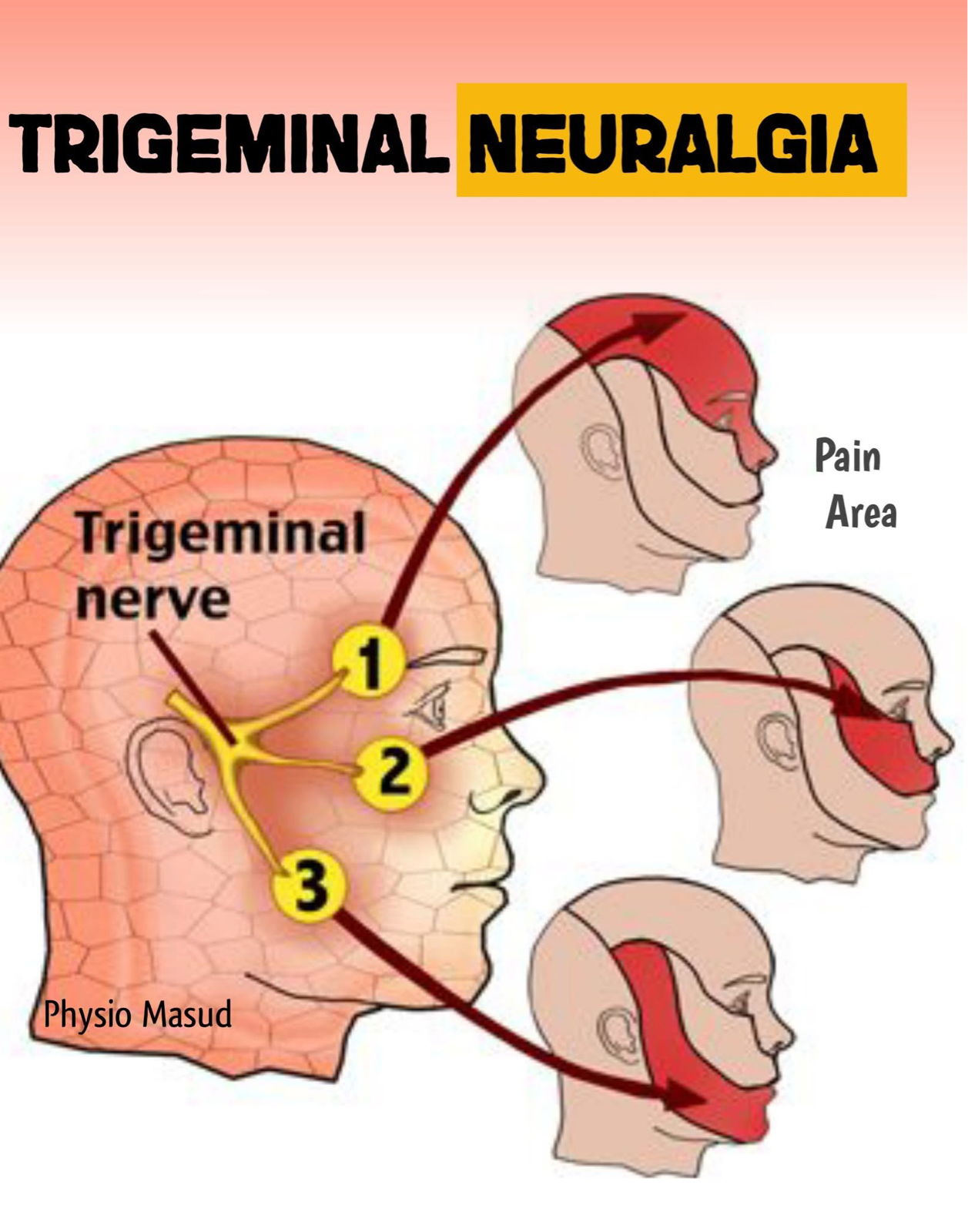+919423006922

This is your website preview.
Currently it only shows your basic business info. Start adding relevant business details such as description, images and products or services to gain your customers attention by using Boost 360 android app / iOS App / web portal.
Acupuncture treatment for Trigeminal Neuralgia

Trigeminal Neuralgia The Suicide Disease One of the most painful conditions known to humans sharp, electric-shock-like facial pain that can change lives in a moment. Name Origin & History The term Trigeminal comes from Latin tri and geminus to the three branches of the 5th cranial nerve. Neuralgia means nerve pain. Together Pain along the trigeminal nerve. Anatomy Breakdown The Trigeminal Nerve Cranial Nerve V has 3 branches Ophthalmic v1– forehead, eye, scalp Maxillary v2– cheek, upper lip, upper teeth Mandibular v3– jaw, lower lip, lower teeth Pain may affect one or more branches, usually one side of the face. Causes Triggers Compression of the nerve root often by blood vessel Aging demyelination in multiple sclerosis or age-related degeneration Tumors or cysts Post-dental trauma or facial injury Even light touch, talking, chewing, brushing teeth, or cold air! Symptoms Sudden, severe, stabbing or shock-like pain Lasts seconds to minutes May occur repeatedly over days to weeks Usually unilateral one side only May lead to anxiety or depression due to pain anticipation Clinical Diagnosis Detailed history of pain patterns MRI: to rule out MS or tumors Neurological examination touch, corneal reflex Biomechanics & Pain Pathophysiology Repetitive demyelination abnormal electrical conduction cross-talk between fibers sudden shock-like pain High sensitivity in the sensory root of the trigeminal nerve Medical Management Anticonvulsants: Carbamazepine, Oxcarbazepine Muscle relaxants Baclofen Nerve blocks or Botox Surgical options: Microvascular decompression, radiofrequency ablation Physiotherapy Role Supportive but powerful Heat therapy pain modulation Soft tissue mobilization around jaw & neck Relaxation therapy reduce stress trigger Neural mobilization trigeminal nerve glides TENS Transcutaneous Electrical Nerve Stimulation Craniosacral therapy in chronic tension cases Trigger Point Therapy Common trigger points that refer pain to the jaw or face Masseter Temporalis SCM Upper trapezius Gentle ischemic compression dry needling if certified Followed by stretching & neuromuscular re-education Best Relaxation Techniques Diaphragmatic breathing Progressive muscle relaxation Guided imagery meditation Soothing sound therapy Home Advice Avoid known triggers: cold wind, hard chewing Warm compress over jaw cheek Eat soft foods Keep stress low Gentle facial self-massage daily Strengthening Supportive Though strengthening isn’t direct, improving cervical posture and jaw alignment is beneficial.

